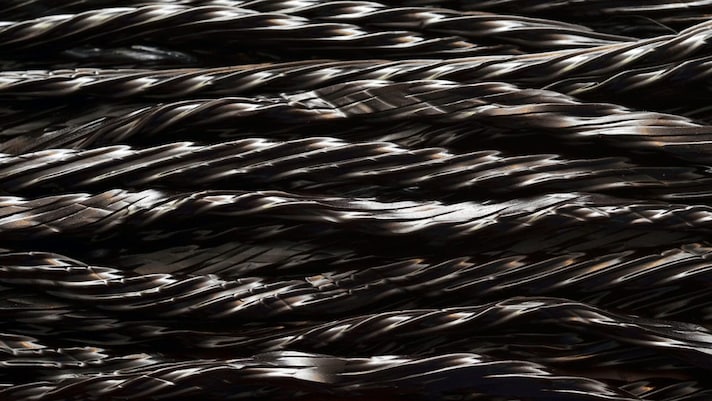What on Earth Is Licorice Candy? And Is It Safe?
While many of us immediately think of the dark brown and black candy when we hear ‘licorice’, it’s actually a perennial legume (Glycyrrhiza glabra). The plant grows up to 1 m tall (39 inches), but below the soil there is a network of horizontal woody stems (rhizomes). It’s these woody stems that become the candy we know so well. Read on to find out more about this interesting candy!
;Resize,width=742;)
Even though we might think if licorice as a modern invention, it actually dates back to the ancient Greek era. The licorice plant has been grown for centuries, and today it’s a commercial crop in Spain, France, Italy, Turkey, and Russia. The dried rhizomes (also known as ‘licorice root’) can be chewed as a snack, but licorice extract can also be added to beer, liqueur, and even tobacco.
Historically, licorice was also used as a sweetener (glycyrrhizic acid is 50 to 100 times sweeter than sugar), but this is not the norm anymore due to the availability of so many other cheaper alternatives.
The licorice roots go through an extraction process with ammonia, which produces an ammonium salt of sweet-tasting glycyrrhizic acid. The hormone-like structure of this chemical compound makes licorice useful as a medicine, because of its expectorant, anti-inflammatory, and antispasmodic properties. In high doses however, it could be harmful, causing high blood pressure and swelling.

The typical licorice candy is made from wheat flour, molasses, and a licorice juice or extract. Other ingredients include gum arabic, starch, or icing sugar. A flavor you will often taste in licorice is anise, however in some other countries, you will also find licorice combined with ammonia, producing an aroma which is usually associated with overripe cheeses.
Why do some people hate licorice?

Licorice seems to be similar to coriander. You either love it or hate it. But why do some people react so strongly to licorice? Some say that it’s related to the sweet taste. When you bite into licorice candy, you’ll find that it has a lingering sweetness, similar to an artificial sweetener called saccharin. Those who dislike artificial sweeteners, are also likely to dislike licorice.
For others, their dislike in licorice can simply be because of association. Licorice contains a chemical compound called anethole, which is also present in anise and fennel. These flavors are often added to medicine to make it more palatable. Problem is, if you had a lot of anise-flavored medicine as a child, you’re likely to find the taste of licorice offensive!
Don’t overdo it!

Interestingly, the FDA has issued a warning about eating licorice on a regular basis. The glycyrrhizin affects potassium levels, which in turn affects your blood pressure and can put you at risk for potential heart problems. But it’s not just binge eaters that should be careful. According to the FDA, eating just two ounces a day for two weeks, could lead to heart conditions like arrythmia. This is especially dangerous if you already have a heart condition.
So, if you really like licorice, remember that moderation is key!
;Resize,width=767;)
;Resize,width=712;)
;Resize,width=712;)

